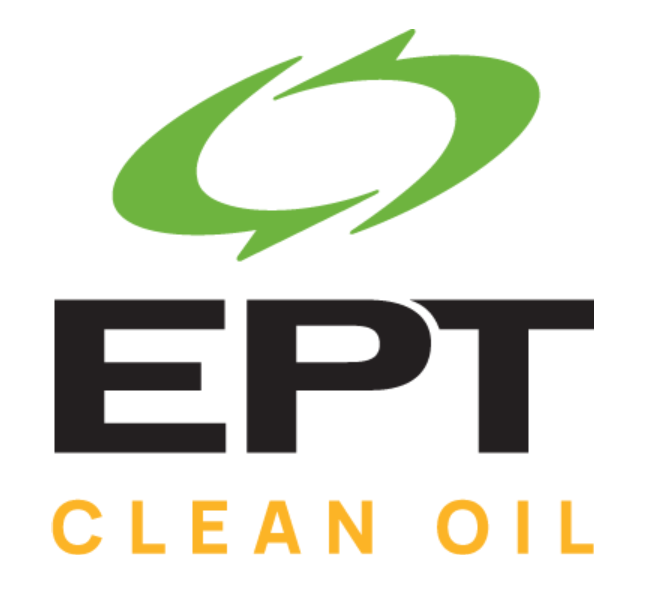Step 1: Fluid testing
Oxidation begins the very first day a lubricant is put into service. The oxidation process creates a dissolved breakdown product or varnish precursor that will accumulate in the oil over time until it becomes saturated.
Once a saturation point is achieved, these varnish precursors physically convert from the dissolved form into solid deposits.
Step 2: Removing the contamination that is responsible for mechanical issues
ICB™ Filters, a specialised ion exchange product developed by EPT Clean Oil, are used to remove acids and dissolved contaminants that are responsible for servo valve sticking.
The ability to remove this contamination, using ICB™ Filters, is a game-changer for phosphate ester-based EHC fluid maintenance, significantly improving servo valve operation.
Step 3: Removing water and preventing atmospheric contamination
Water is the most damaging contaminant found in ester-based hydraulic and lubricating systems. Oil and water do not mix and water does not possess the lubricating or hydraulic properties required to keep systems operating. Moreover, water actually reacts with phosphate esters, turning them into acid.
The primary mode of water ingression in most applications is the atmosphere itself. When the moisture content of the atmosphere is higher than the moisture content in the lubricant, the atmosphere provides an unlimited source of water. Our TMR™ N₂ system can be used to remove existing water and, more importantly, to prevent additional water and other atmospheric contamination from entering the system.
As an added benefit, this system also blankets the fluid reservoir with inert nitrogen gas, mitigating the risk of oxidative breakdown.
Step 4: EHC system review and fluid monitoring
Excess fluid flows from improperly set relief valves or high-pressure pumps decreases the available settling time the lubricant has to release air in the reservoir. Low fluid operating levels or fluid return lines that are above the reservoir level will increase air entrainment and the amount of settling time required.
The consequence of air release issues or insufficient settling time is micro-dieseling, which literally cooks the oil, causing fluid darkening and increasing overall fluid maintenance requirements.

